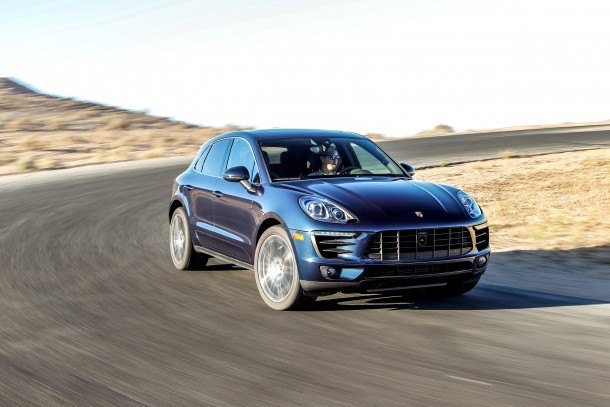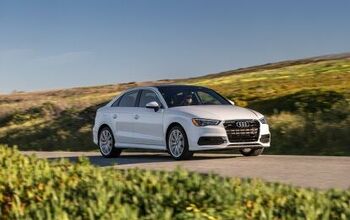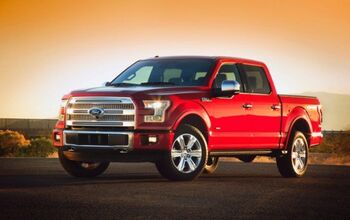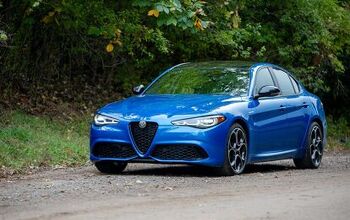The 13 Auto Brands Which Reported Record U.S. Auto Sales In 2015
As the American auto industry soared past 2014’s output on the way to a record-setting year of new vehicle sales volume, the rising tide did not lift all boats.
Smart, Bentley, Dodge, Maserati, Jaguar, Fiat, Volkswagen, Scion, and Buick all sold fewer vehicles in 2015 than in 2014. The year-over-year rate of growth produced by Cadillac, Mini, Mazda, Chevrolet, Toyota, Chrysler, and Ford was, in each case, slower than the industry’s overall rate of expansion.
Thirteen automobile brands did, however, sell more new vehicles than at any time in their respective histories.
Arranged in reversing order of total sales, these are they.
Porsche
Land Rover
Audi
Lexus
BMW
Mercedes-Benz
Ram
Subaru
Kia
Hyundai
Jeep
Nissan
Honda
Timothy Cain is the founder of GoodCarBadCar.net, which obsesses over the free and frequent publication of U.S. and Canadian auto sales figures. Follow on Twitter @goodcarbadcar and on Facebook.
More by Timothy Cain
Latest Car Reviews
Read moreLatest Product Reviews
Read moreRecent Comments
- Dave M. IMO this was the last of the solidly built MBs. Yes, they had the environmentally friendly disintegrating wiring harness, but besides that the mechanicals are pretty solid. I just bought my "forever" car (last new daily driver that'll ease me into retirement), but a 2015-16 E Class sedan is on my bucket list for future purchase. Beautiful design....
- Rochester After years of self-driving being in the news, I still don't understand the psychology behind it. Not only don't I want this, but I find the idea absurd.
- Douglas This timeframe of Mercedes has the self-disintegrating engine wiring harness. Not just the W124, but all of them from the early 90's. Only way to properly fix it is to replace it, which I understand to be difficult to find a new one/do it/pay for. Maybe others have actual experience with doing so and can give better hope. On top of that, it's a NH car with "a little bit of rust", which means to about anyone else in the USA it is probably the rustiest W124 they have ever seen. This is probably a $3000 car on a good day.
- Formula m How many Hyundai and Kia’s do not have the original engine block it left the factory with 10yrs prior?
- 1995 SC I will say that year 29 has been a little spendy on my car (Motor Mounts, Injectors and a Supercharger Service since it had to come off for the injectors, ABS Pump and the tool to cycle the valves to bleed the system, Front Calipers, rear pinion seal, transmission service with a new pan that has a drain, a gaggle of capacitors to fix the ride control module and a replacement amplifier for the stereo. Still needs an exhaust manifold gasket. The front end got serviced in year 28. On the plus side blank cassettes are increasingly easy to find so I have a solid collection of 90 minute playlists.














































Comments
Join the conversation
High sales of luxury cars + high % of people leasing = people overbuying (which also means people who will never not have an auto payment?). I'm thinking the manufacturers have to love this, because it means moving a car every 2-3-4 years.
"A Porsche CUV in every apartment unit assigned parking spot."